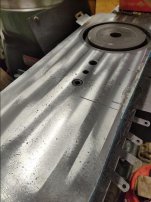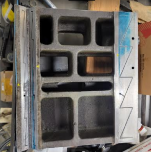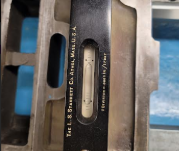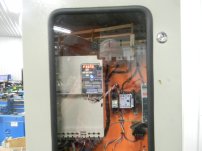texasgeartrain
Titanium
- Joined
- Feb 23, 2016
- Location
- Houston, TX
I had just trammed my mill, so to do all my flat surfaces first I probably should have started with the cross slide to be more efficient. But I have more meat on TS base, plus I'll be milling that deeper later on to add the bronze. So I figured I'd start with TS base in case I have any oops-ies.
Checking the top side of TS base with a straight edge, real nice contact all over. Should be able to clamp right down to the mill table:
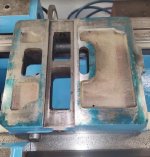
Before beginning I wanted to map out the oil passage lightning bolts. Not planning to mill past them yet, but you never know. Anyway, I'm going to need them sooner or later:

Getting set up for the first pass. Plan is .005" a pass, we'll see how it goes.

After the first pass, taking .005":
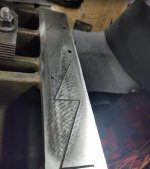
Taking another .005" on the 2nd pass, for a total of .010" removed. Got the majority out so far:
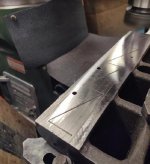
Checking the top side of TS base with a straight edge, real nice contact all over. Should be able to clamp right down to the mill table:

Before beginning I wanted to map out the oil passage lightning bolts. Not planning to mill past them yet, but you never know. Anyway, I'm going to need them sooner or later:

Getting set up for the first pass. Plan is .005" a pass, we'll see how it goes.

After the first pass, taking .005":

Taking another .005" on the 2nd pass, for a total of .010" removed. Got the majority out so far:



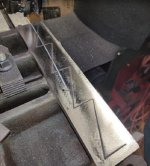


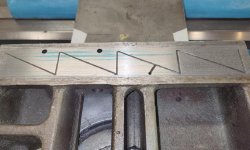

 . Well that link is here:
. Well that link is here:
